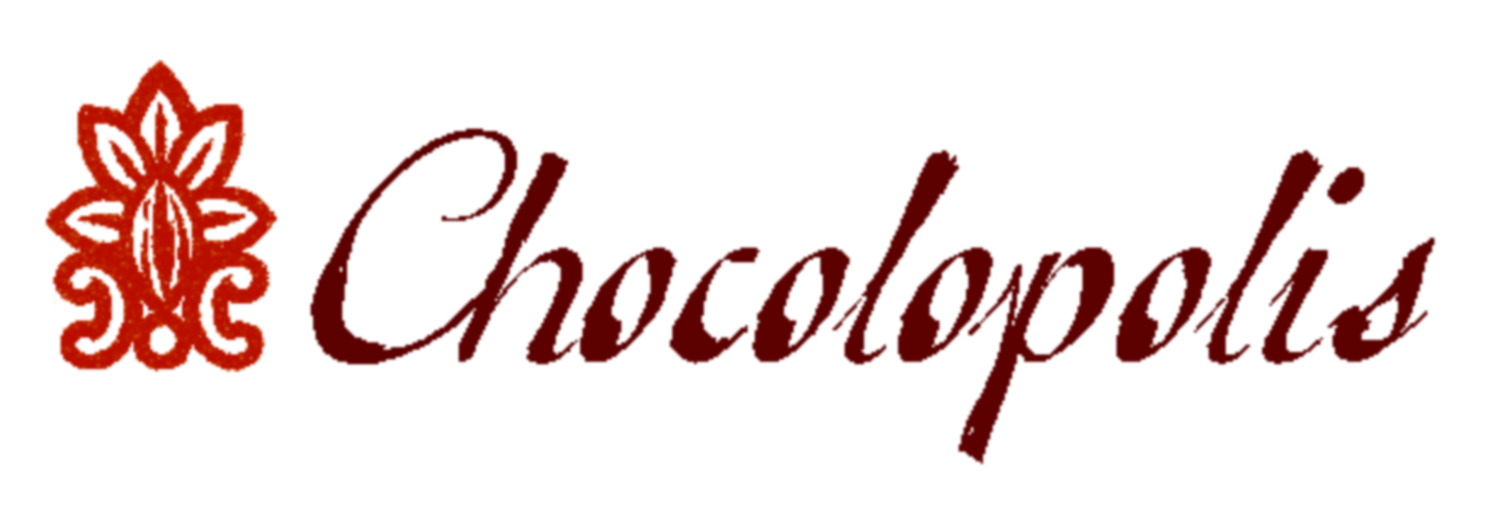The Impact of Genetics on the History of Cacao
Editor's Note: Below is the letter we sent in APRIL to members of our Chocolate of the Month World Tour Club (CMWT). We post the letter a month after our club selection ships, so if you purchase the CMWT, you will not receive the same bars that are featured here.Hello Members,Our monthly focus for April is Peru, a country deeply steeped in the history of cacao. Thanks to modern science and our ability to map the genome, a lot of information about the history of cacao has changed in the past ten years.Until recently historians thought cacao had been domesticated in Mesoamerica (Southern Mexico, Guatemala, Honduras, Belize, El Salvador, Nicaragua and northern Costa Rica). This commonly-held belief has changed thanks to the Cacao Genome project undertaken by the United States Department of Agriculture (USDA) and Mars, Inc.Researching the cacao genome enabled scientists to better understand cacao’s genetic origins. It wasn’t until scientists at the USDA and Mars conducted their research that they were able to say that cacao’s genetic history begins in the upper Amazon river basin. Based on their genetic analysis, they also believe that cacao was likely transported to Central America by man. While research continues, these new theories are powerful illustrations of the effect science can have on our understanding of history.When Chocolopolis opened in 2008 we did not have a single bar made from Peru-origin cacao. Now we have many, many options. Peru has become a hot origin for fine flavor cacao, not only because of research by the Agricultural Research Service (of the USDA) on the genetic diversity of cacao in Peru, but also because of renewed focus by the US Agency for International Development (a.k.a. USAID) on helping coca farmers switch to growing cacao.I’ve chosen three bars from Peru that demonstrate the wonderful qualities of cacao from this venerated country of origin. Chocolate made with Peru-origin cacao tends to have delicate chocolate notes with hints of nuts like cashew and almond, but like all chocolate, the flavor profile depends on the specific region and terroir of that region.Areté Peru Nacional 66%Founded by David & Leslie Senk, Areté Fine Chocolate is located in Milpitas, CA until April of 2018. The Senks are moving to Spencer, Tennessee as I write this note. Tennessee is a more cost-effective place to make chocolate, and David will be able to quit his day job in the electronics industry and join Leslie in making chocolate for a living. The Senks have done a fantastic job building flavor from single-origin cacao, resulting in some of the most complex chocolate bars on the market. I taste notes of fig, spices and fresh fruit.Fresco Chocolate Peru 70% (San Martin)As you may remember from last month, Fresco is a chocolate maker a few hours up the highway from our store. This bar is made with cacao from the San Martin region of Peru. I taste green grass, fresh cream and warm spices with a tahini finish.Escazú Artisan Chocolates Piura Blanco 70%Located in Raleigh, NC, Escazú is a chocolate maker that has occupied space on our shelves for years. We appreciate the complex flavors and excellent textures Escazú coaxes out of cacao beans, and this Peru bar is no exception. It offers notes of cinnamon, fresh fruit and chocolate. Like many bars of chocolate made with cacao from Peru the flavors are balanced, not letting one overpower the others. This is a limited-edition bar, so when these bars leave our shelves there are no more.Happy chocolate tasting,Lauren AdlerChief Chocophile

